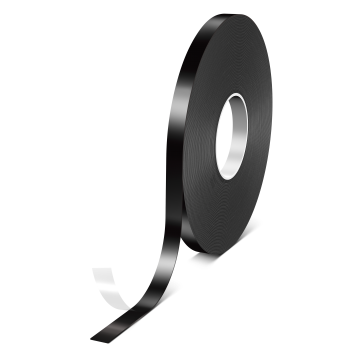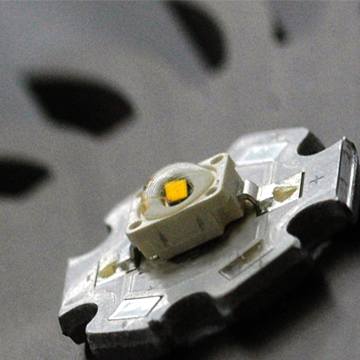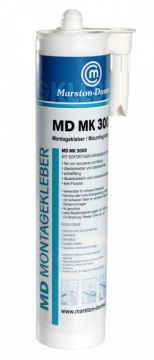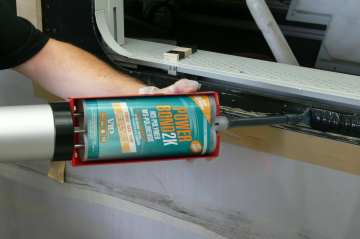Bonding PS to brass
These days bonding processes are becoming ever more complex and the projects ever more challenging. Substratec Ltd supports your business in finding suitable adhesive bonding methods, corresponding surface technologies and relevant application systems, both on- and offline:
Search engine for adhesives technologies >>>
Features
Polystyrene (PS) is usually obtained by chain polymerization of styrene. It is an aromatic polymer and belongs to the group of thermoplastics. The tacticity describes the position of the phenyl group in the polymer. The position can be random, alternating or even. Depending on which case PS is divided into atactic, syndiotactic and isotactic PS. This determines whether the plastic is amorphous or semi-crystalline. PS is often used for disposable plastics, CD cases etc. © 2021 SUBSTRATEC. All Rights Reserved.
Brass
Preview results
Two-component heat curing epoxy resin for micro-electronic, medical, hybrids and optoelectronic application. Solventfree, along pot life and excellent electrical conductivity.
0.8 mm double-sided foam tape for LSE surfaces: plastic to plastic application in automotive interior.
Pasty, two component epoxy with curing at room temperature, used for thermal management in electronics, hybrid technology, sensor technology and power engineering.
Bonds immediately, is the new generation of the mounting adhesive, is not shrinking, is very well suited for natural stones, hardens quickly.
Through the research & development of MS Polymers a success story in bonding technology has been reinvigorated combining the properties of conventional bonding systems like polyurethanes, silicones and acrylates, without the necessity of keeping their weak points.





